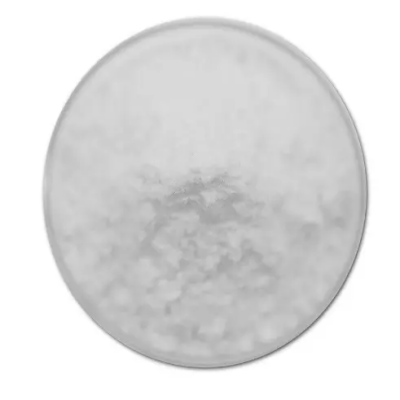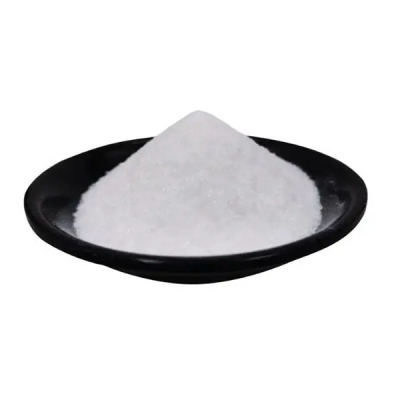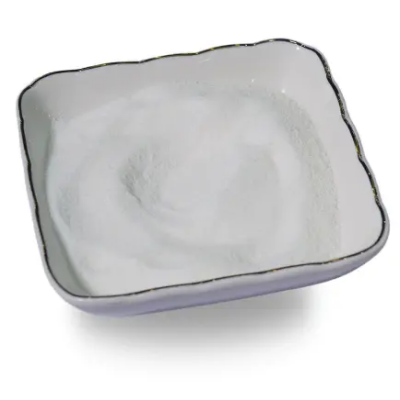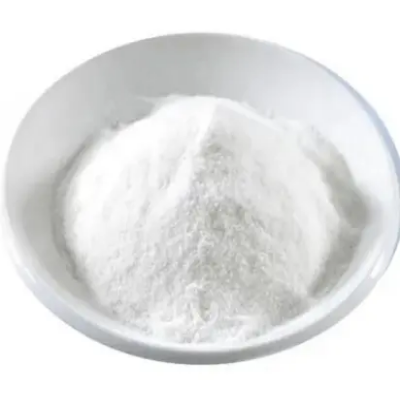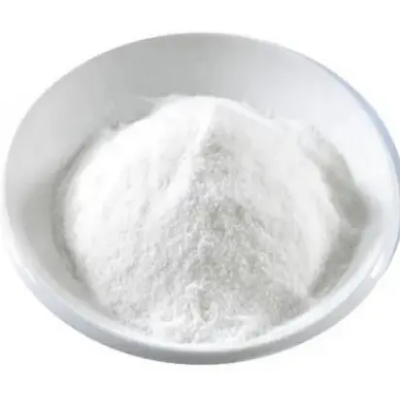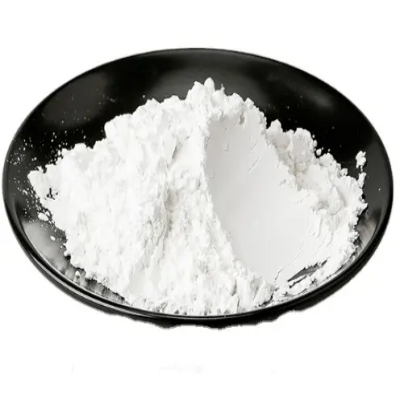trifluoroethyl methacrylate CAS:352-87-4
TFEMA is characterized by its molecular structure, featuring a methacrylate ester backbone appended with a trifluoroethyl group (-CF3CH2). This structure imparts notable attributes to TFEMA, including high reactivity in polymerization processes and exceptional stability in the resulting polymers. TFEMA typically exists as a clear, colorless liquid with a boiling point of approximately 120°C and demonstrates moderate solubility in common organic solvents such as acetone and ethanol. Its unique combination of fluorination and acrylic functionality enhances its utility in diverse chemical environments and applications. Uses Polymer Chemistry: TFEMA serves as a crucial monomer in the synthesis of fluorinated polymers and copolymers. Its incorporation into polymer chains introduces desirable properties such as improved hydrophobicity, enhanced chemical resistance against acids and bases, and thermal stability. These characteristics make TFEMA-derived polymers ideal for applications in coatings, adhesives, and specialty materials requiring durability under harsh conditions. Surface Modification: TFEMA is utilized in surface modification processes to impart specific properties to materials. By copolymerizing with other monomers, TFEMA enables the creation of surfaces with tailored functionalities, such as anti-fouling properties in biomedical devices, enhanced adhesion in coatings, and improved dielectric properties in electronic materials. Biomedical Applications: In biomedical research and applications, TFEMA-based polymers find use due to their biocompatibility and resistance to biological degradation. They are employed in medical implants, drug delivery systems, and tissue engineering scaffolds where the combination of fluorination and acrylic functionality provides stability and controlled release capabilities. Synthesis Trifluoroethyl methacrylate is synthesized through the esterification reaction of methacrylic acid with trifluoroethanol under controlled conditions. This process involves the condensation of these reagents to form TFEMA, which is subsequently purified by distillation or solvent extraction to achieve high purity suitable for industrial applications. The straightforward synthesis route and the availability of starting materials contribute to TFEMA's cost-effectiveness and widespread adoption in polymer chemistry and related fields. In summary, trifluoroethyl methacrylate is a versatile compound with significant applications in polymer chemistry, surface modification, and biomedical research. Its unique chemical properties, including fluorinated structure and acrylic functionality, enable the development of advanced materials with tailored properties, supporting innovations across diverse industrial sectors and scientific disciplines.



| Composition | C6H7F3O2 |
| Assay | 99% |
| Appearance | white powder |
| CAS No. | 352-87-4 |
| Packing | Small and bulk |
| Shelf Life | 2 years |
| Storage | Store in cool and dry area |
| Certification | ISO. |


